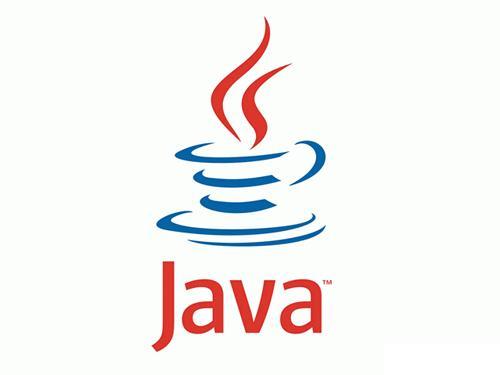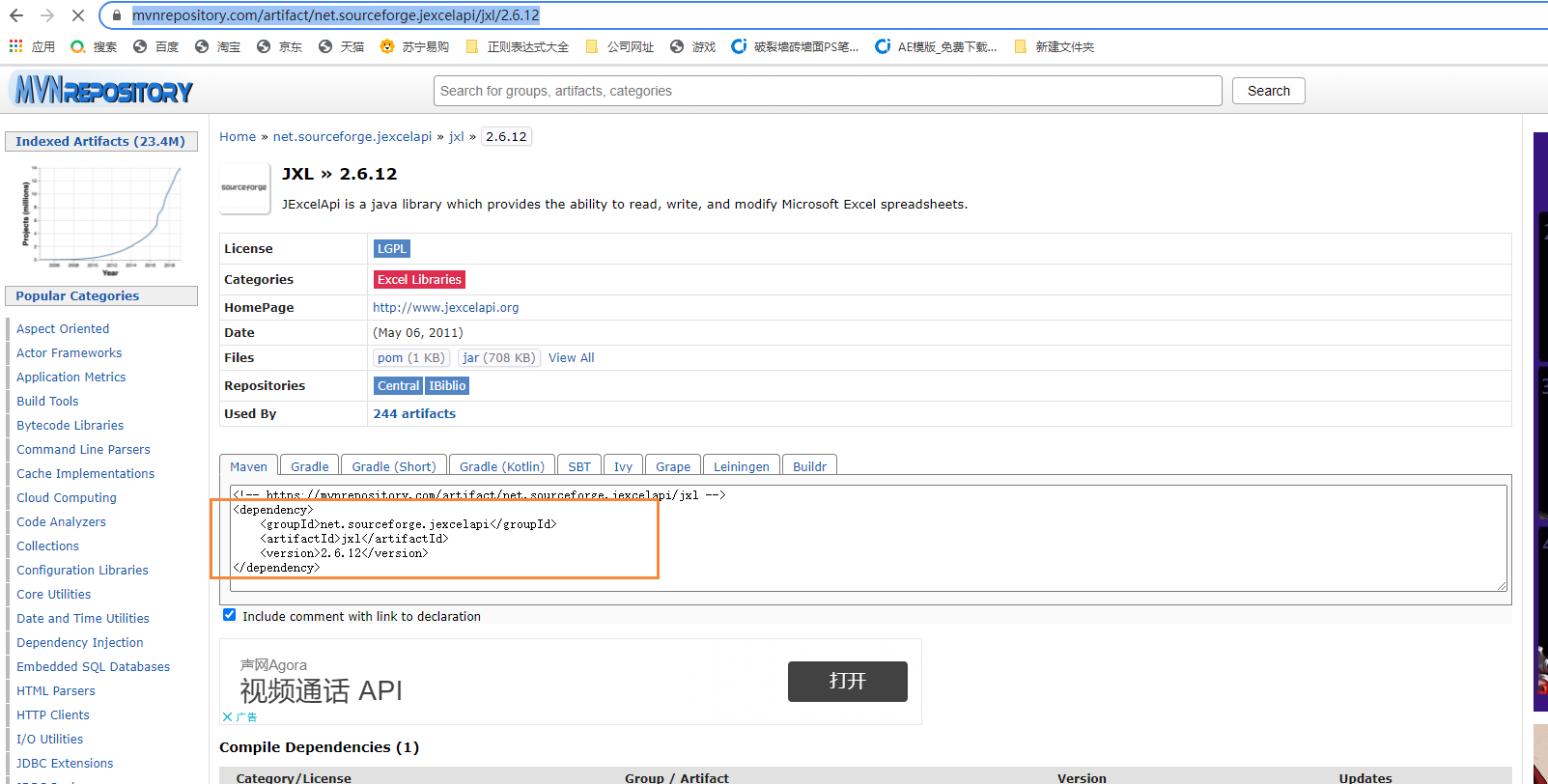

Version (currently v2.17.1) - including log4j-api.
#Java jxl upgrade#
We strongly recommend that they upgrade all their log4j dependencies to the latest If any POI or XMLBeans user uses log4j-core to control their logging of their application, The security vulnerabilities are not in log4j-api - they are in log4j-core. POI 5.1.0 and XMLBeans 5.0.2 only have dependencies on log4j-api 2.14.1. The Apache POI PMC has evaluated the security vulnerabilities reported It is recommended that you use the same versions of all POI jars.
#Java jxl update#
If an application uses poi-scratchpad to parse TNEF files and the application allows untrusted users to supply them, then a carefully crafted file can cause an Out of Memory exception.Īffected users are advised to update to poi-scratchpad 5.2.1 or above

This package is used to read TNEF files (Microsoft Outlook and Microsoft Exchange Server). 4 March 2022 - CVE-2022-26336 - A carefully crafted TNEF file can cause an out of memory exception in Apache POI poi-scratchpad versions prior to 5.2.0Ī shortcoming in the HMEF package of poi-scratchpad (Apache POI) allows an attacker to cause an Out of Memory exception.

POI requires Java 8 or newer since version 4.0.1. People interested should also follow the dev list to track progress.
#Java jxl full#
Several dependencies were updated to their latest versions to pick up security fixes and other improvements.Ī full list of changes is available in the change log. This help file applies to API documentation generated using the standard doclet.The Apache POI team is pleased to announce the release of 5.2.2. The Constant Field Values page lists the static final fields and their values. While there is no link in the navigation bar, you can get to this information by going to any serialized class and clicking "Serialized Form" in the "See also" section of the class description. This information is of interest to re-implementors, not to developers using the API. All pages are available with or without frames.Įach serializable or externalizable class has a description of its serialization fields and methods. These links show and hide the HTML frames. These links take you to the next or previous class, interface, package, or related page. The Index contains an alphabetic list of all classes, interfaces, constructors, methods, and fields. Deprecated APIs may be removed in future implementations. A deprecated API is not recommended for use, generally due to improvements, and a replacement API is usually given. The Deprecated API page lists all of the API that have been deprecated. When viewing a particular package, class or interface page, clicking "Tree" displays the hierarchy for only that package.When viewing the Overview page, clicking on "Tree" displays the hierarchy for all packages.The classes are organized by inheritance structure starting with. Each hierarchy page contains a list of classes and a list of interfaces.
#Java jxl plus#
There is a Class Hierarchy page for all packages, plus a hierarchy for each package. You can access this page by first going to the package, class or interface, then clicking on the "Use" link in the navigation bar. Given a class or interface A, its Use page includes subclasses of A, fields declared as A, methods that return A, and methods and constructors with parameters of type A. This page describes what packages, classes, methods, constructors and fields use any part of the given class or package. This preserves the logical groupings established by the programmer.Įach annotation type has its own separate page with the following sections:Įach enum has its own separate page with the following sections:Įach documented package, class and interface has its own Use page. The summary entries are alphabetical, while the detailed descriptions are in the order they appear in the source code.

Each of these pages has three sections consisting of a class/interface description, summary tables, and detailed member descriptions:Įach summary entry contains the first sentence from the detailed description for that item. This page can contain four categories:Įach class, interface, nested class and nested interface has its own separate page. This page can also contain an overall description of the set of packages.Įach package has a page that contains a list of its classes and interfaces, with a summary for each. The Overview page is the front page of this API document and provides a list of all packages with a summary for each. This API (Application Programming Interface) document has pages corresponding to the items in the navigation bar, described as follows.


 0 kommentar(er)
0 kommentar(er)
